The beauty of doing nothing for nature
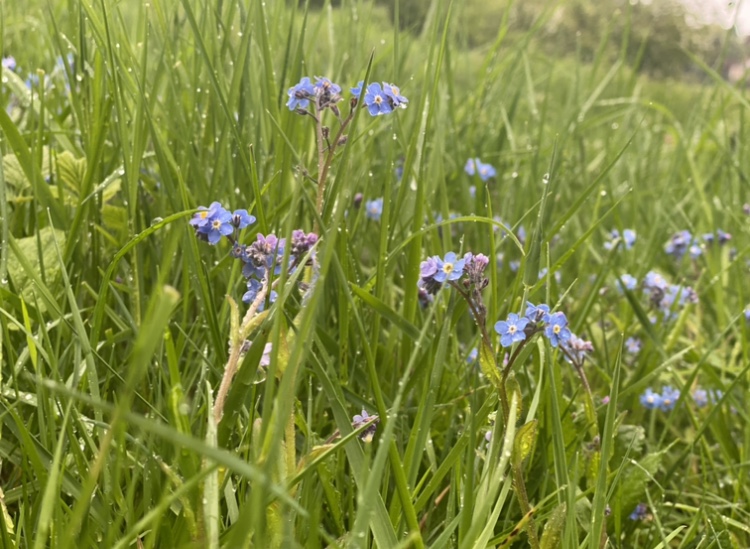
THE long, swaying blades of grass and blooming dandelions which have appeared in Ripon Grammar School’s grounds recently are not a sign we have been neglecting our wonderful green acres – far from it!
As part of Plantlife’s national No Mow May campaign, RGS is ‘doing nothing’ for Nature by not cutting some of our lawns, near the sixth form and humanities blocks, as short or as often as usual to help wildlife thrive.
This adds to the wildlife-friendly areas our enthusiastic groundsman Mr Sloanes has been nurturing in front of the boys’ boarding house and at the far end of our playing fields, now brimming with colourful bee- and butterfly-friendly plants.
Research by Plantlife reveals simple changes in mowing can result in enough nectar for ten times more bees and other pollinators. In fact, their study discovered over 200 species were found flowering on lawns including rarities such as meadow saxifrage, knotted clover and eyebright.
RGS wildlife champion, history teacher David Bruce, said: "It's really exciting to see such a range of wildflowers make themselves known in those trial areas we've selected for 'no mow'. Apparently the optimum amount of nectar and pollen from a lawn can be achieved by cutting only every four weeks. That certainly seems to have proven popular with wildlife on the school site - we have already spotted peacock and brimstone butterflies enjoying dandelions in front of the sixth form block, alongside many different kinds of bees.
"We're also keen to leave less-visited areas of the school lawns longer well beyond May as this is the perfect habitat for the young of butterflies, moths and many other kinds of insects. Hopefully it can be the start of something as we try to make the school site as wildlife-friendly as possible."
Plantlife's Botanical Specialist, explained: "The sheer quantity of flowers and nectar production on lawns mown once a month can be astonishing. We've discovered that plants like daisy, white clover and bird's-foot trefoil are superbly adapted to growing in shorter swords.
"These short-grass, 'mower-ducking' plants stay low down with stems well out of the way of the mower blades, but continually produce large numbers of flowers every few weeks. If these flowers are cut off by mowing, it just stimulates the plants to produce yet more flowers, boosting nectar production."
So why not sit back, relax and lets those plants so often unfairly dismissed as ‘weeds’ thrive to provide much-needed food for precious pollinators.
As the dandelion seeds drift in the wind, remember you are not being lazy, you are ‘rewilding’ your garden and being a true friend to the butterflies and the bees.
*We hope you enjoy our RGS photo gallery below, followed by lots more information on the benefits of giving your lawnmower a break for those interested in joining in. Visit: www.plantlife.org.uk
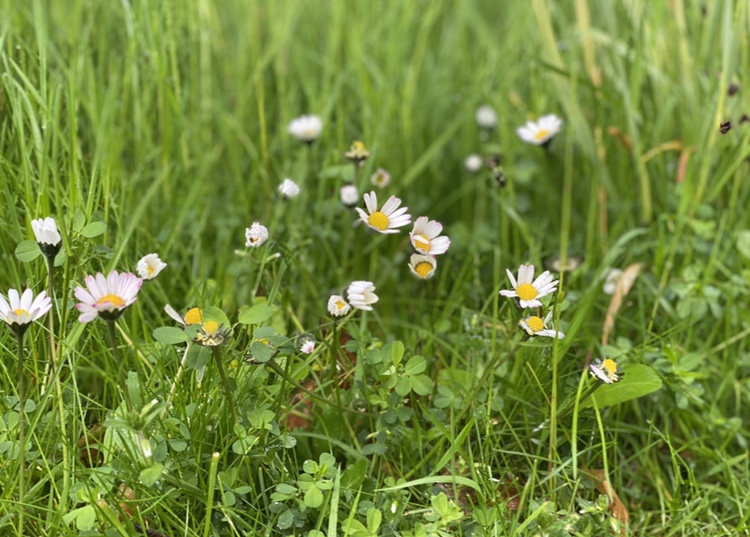
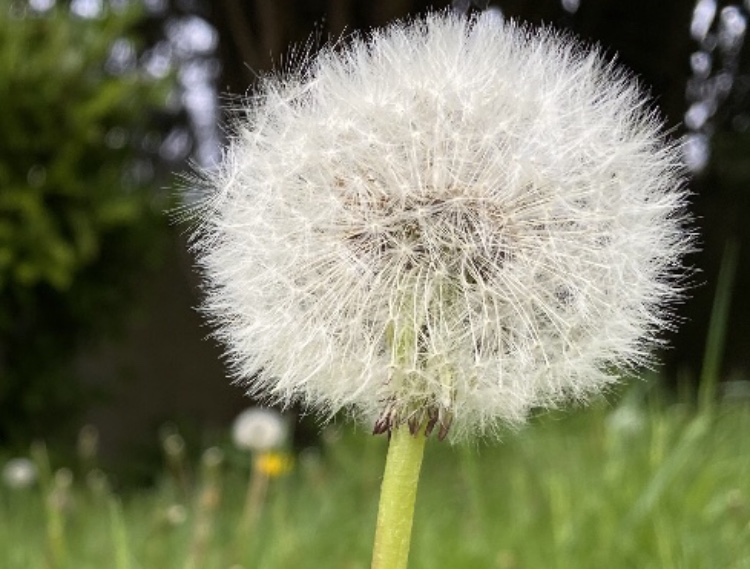
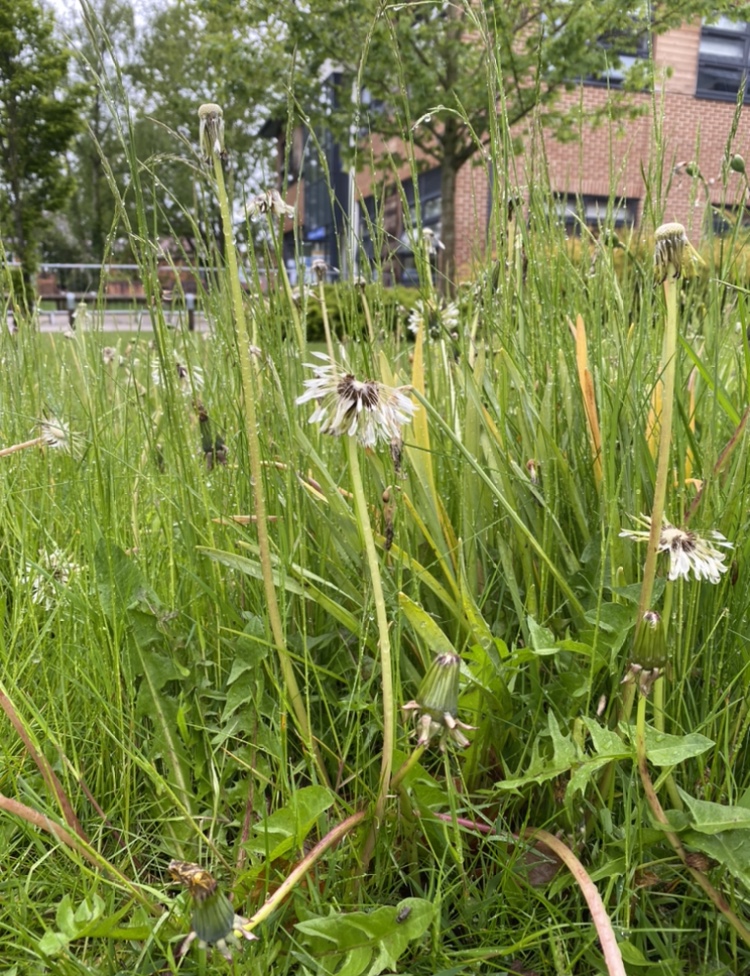
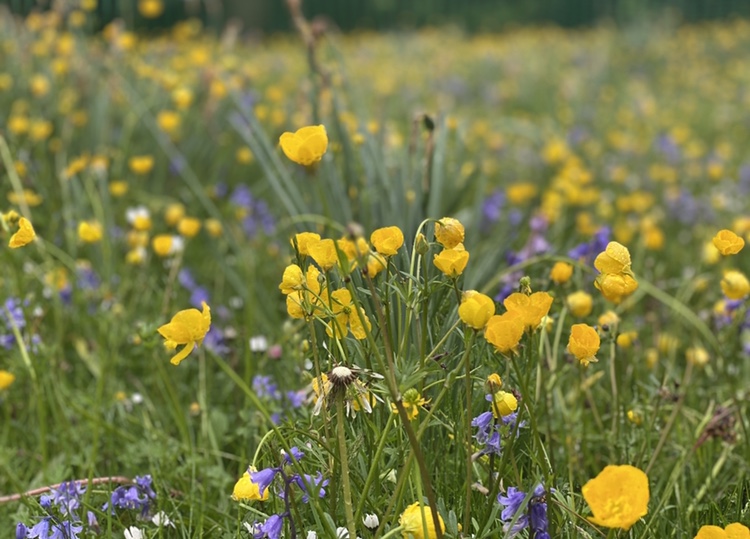
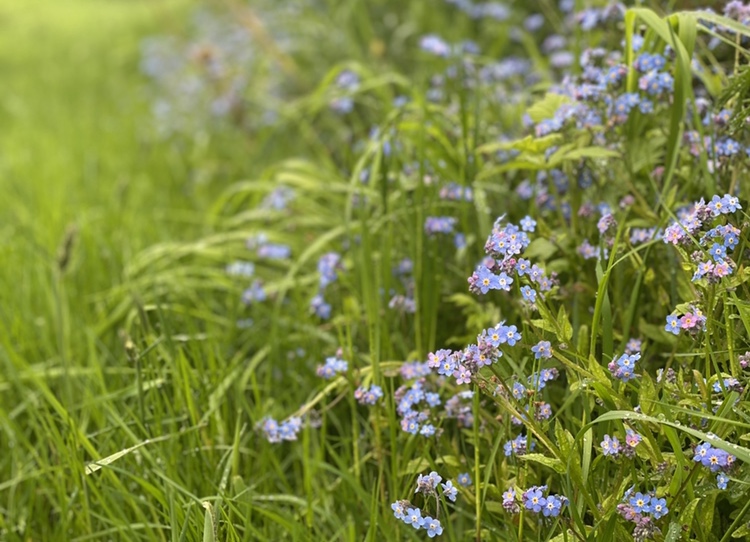
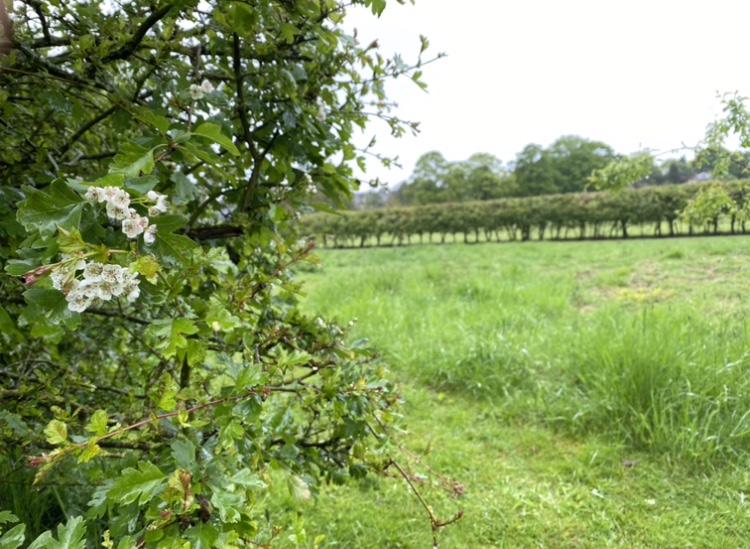
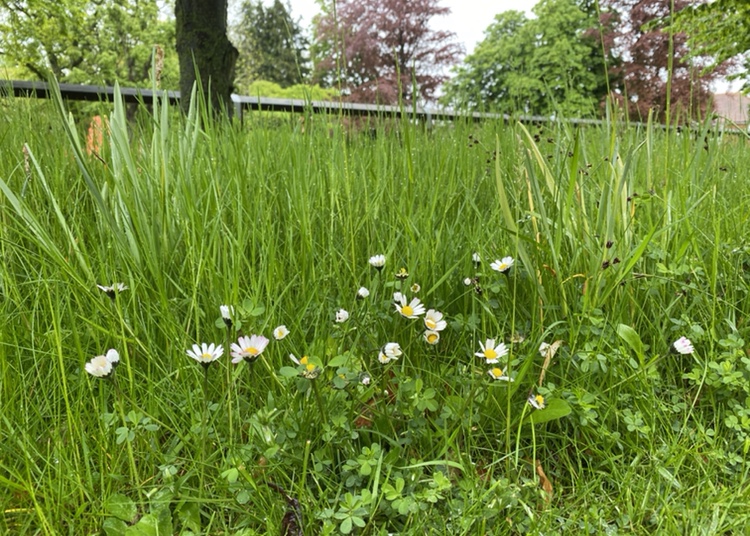
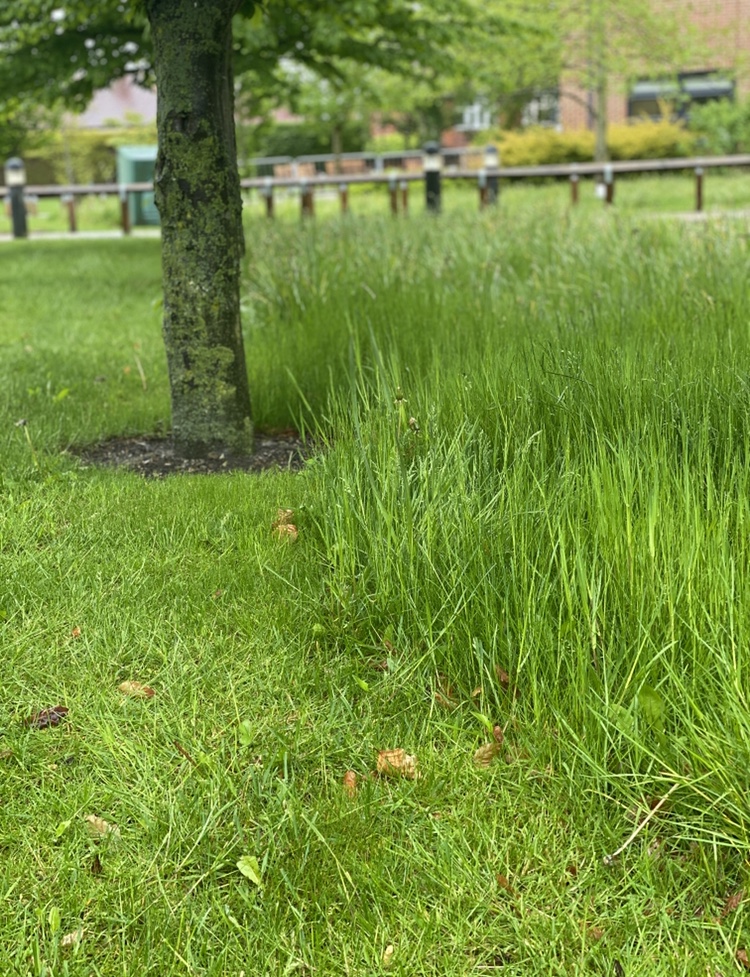
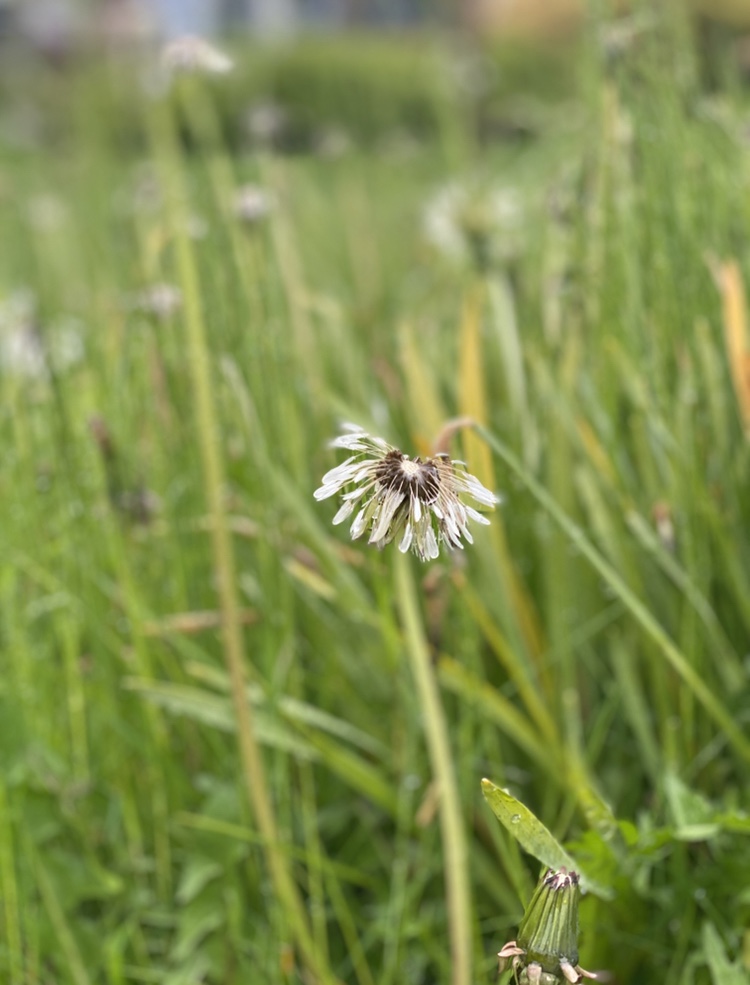
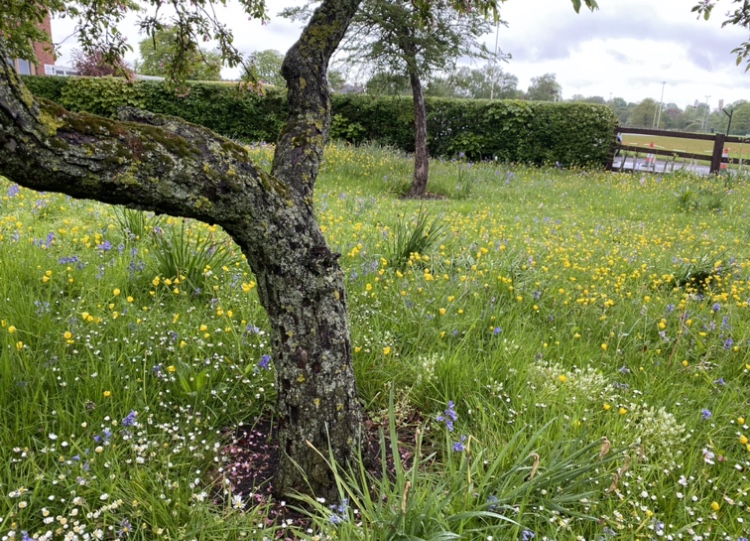
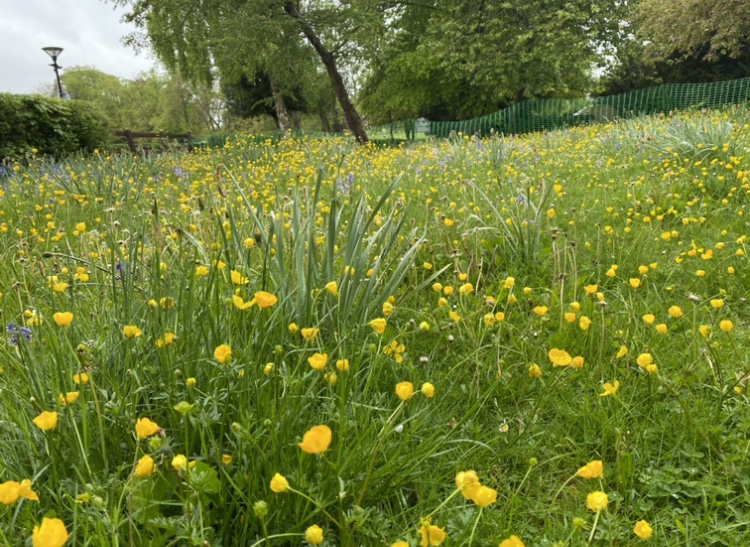
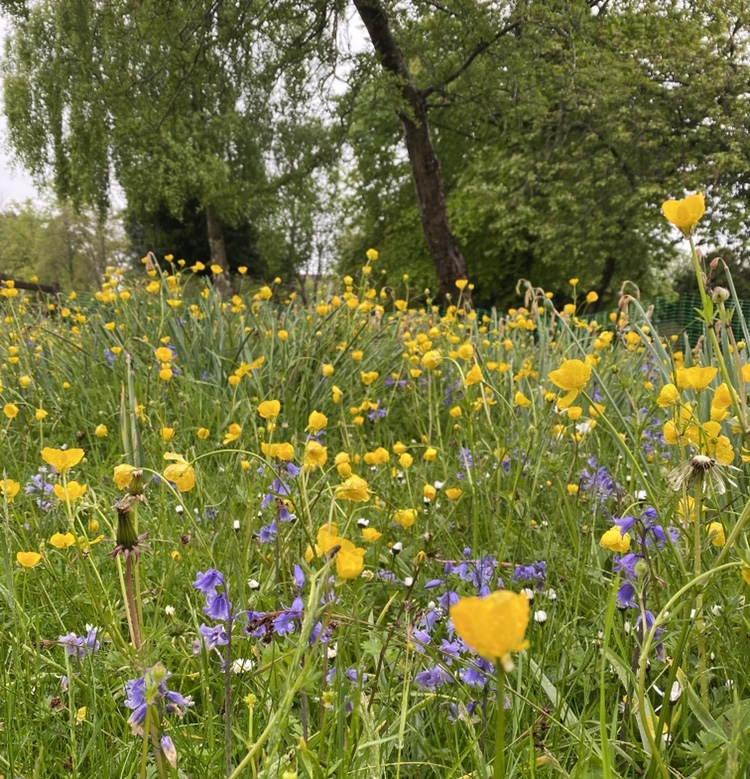
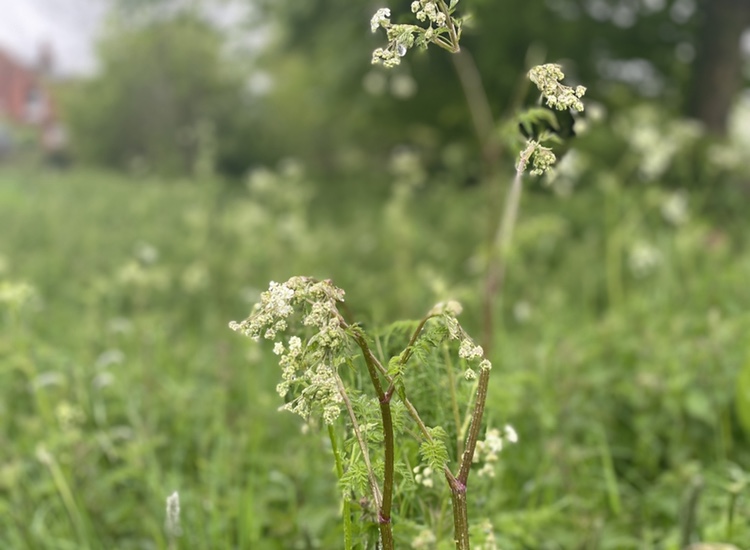
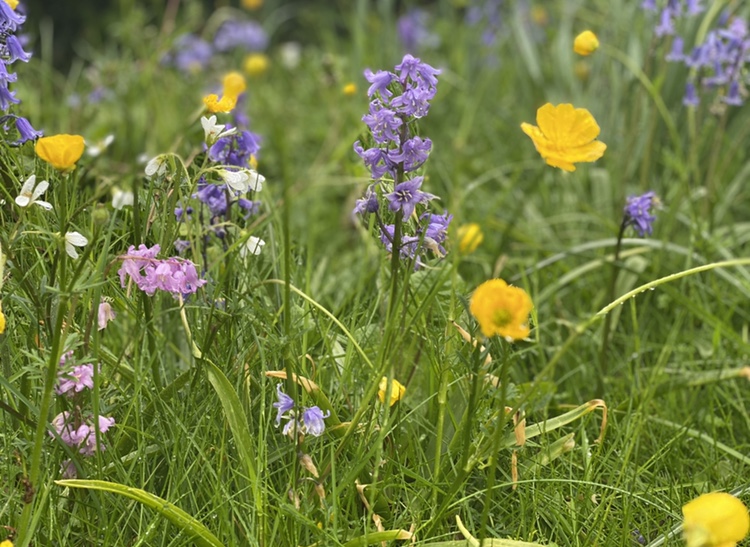
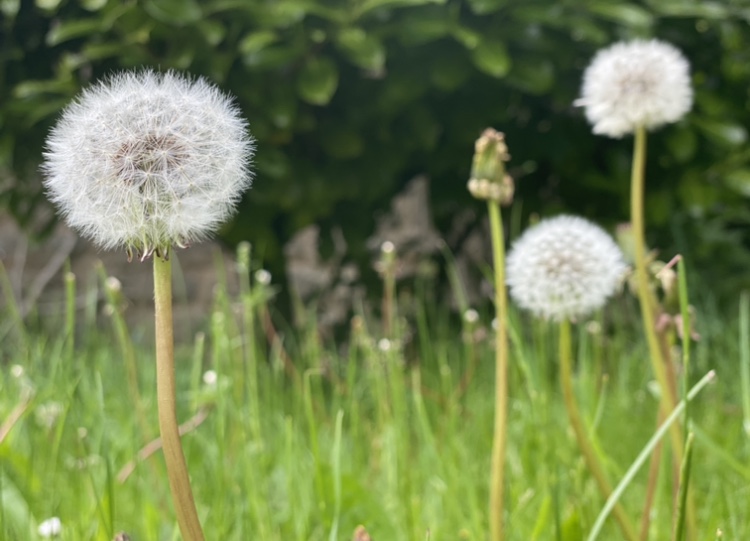
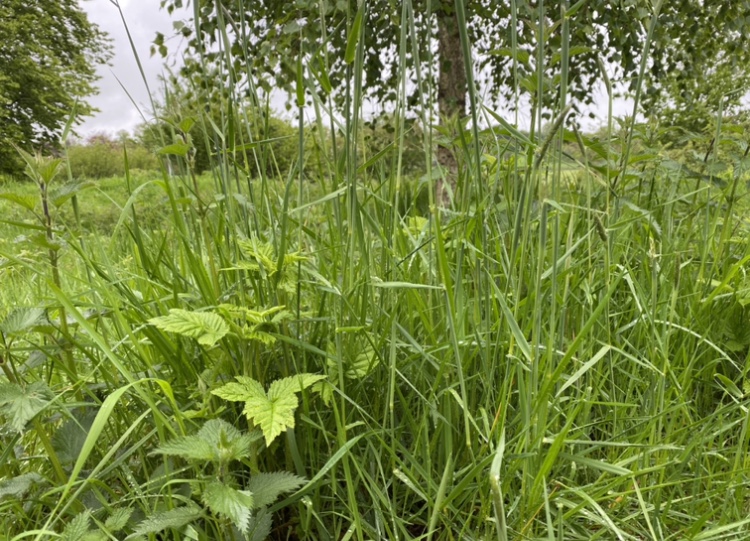
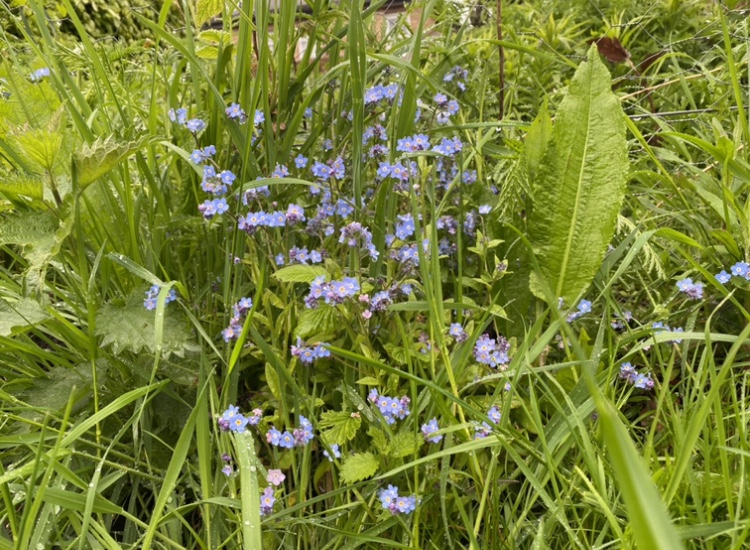
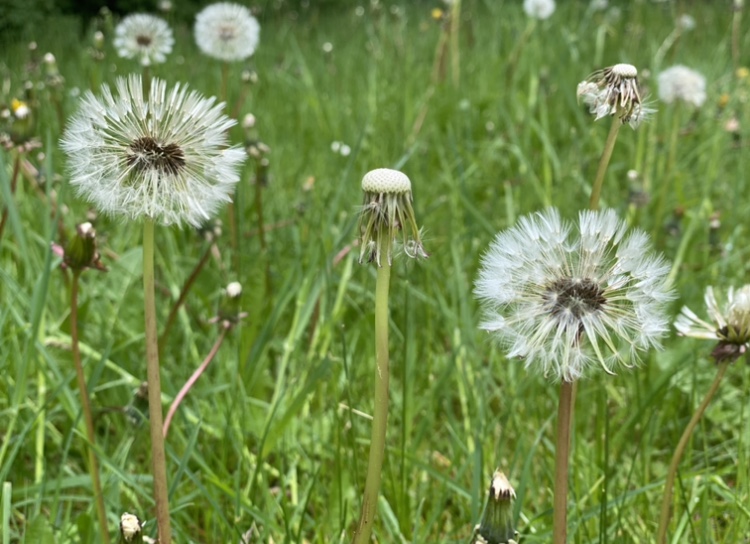
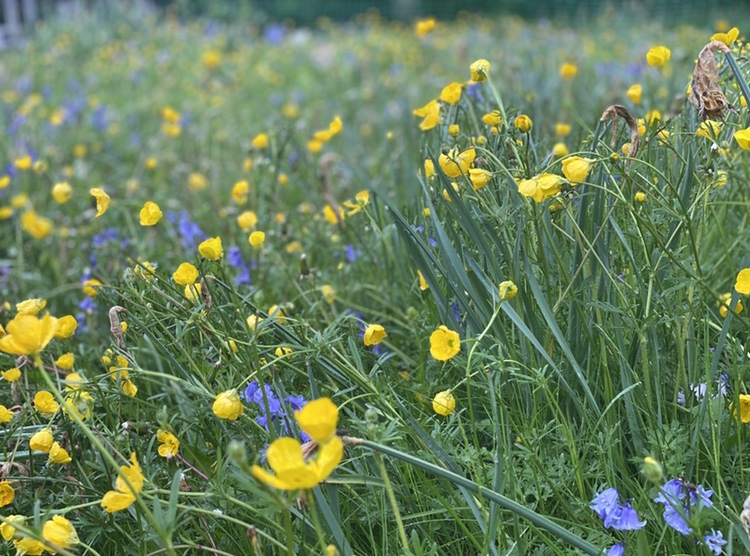
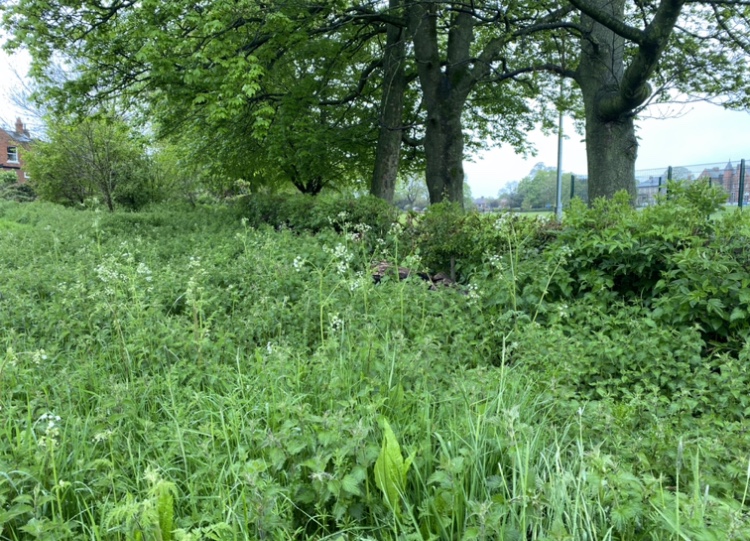
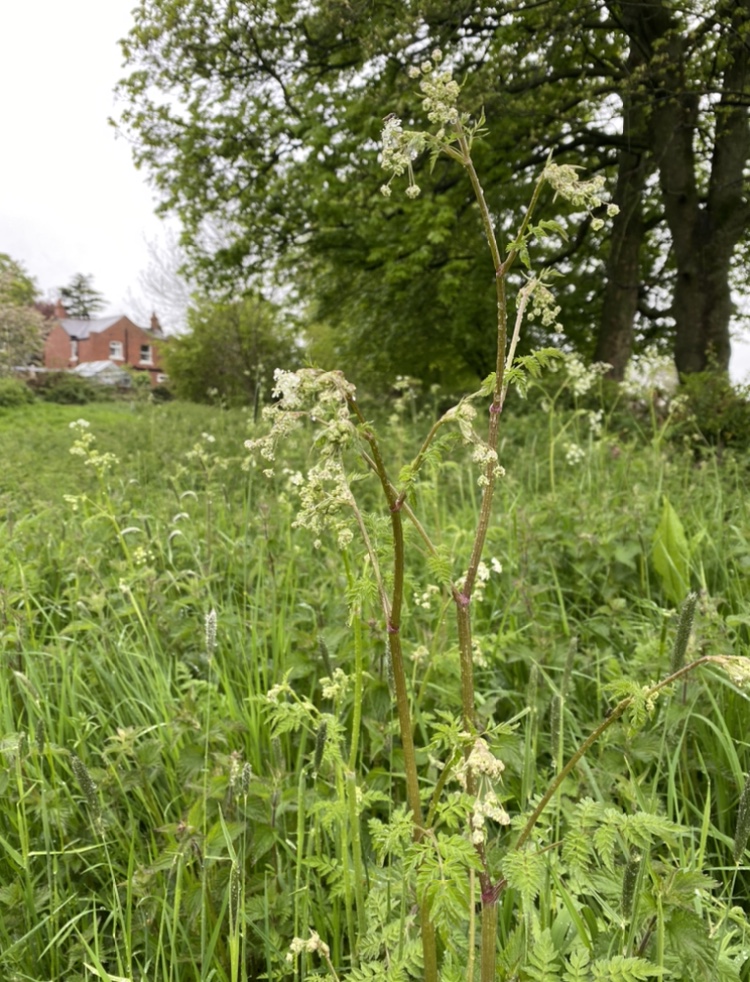
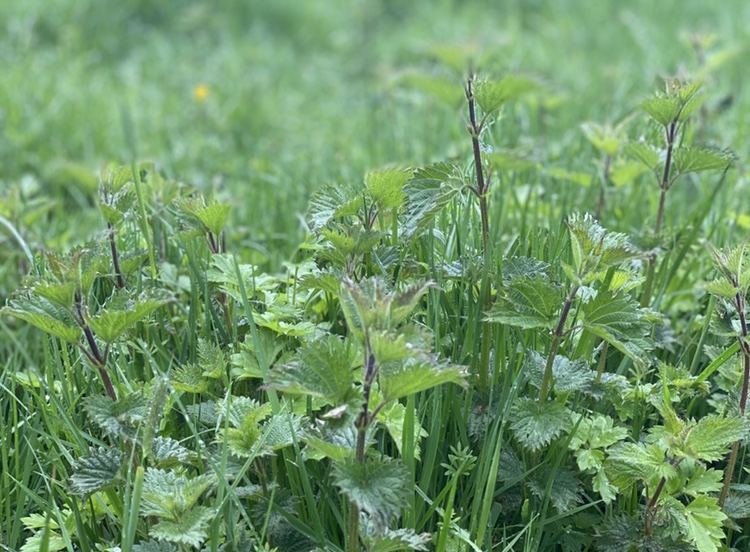
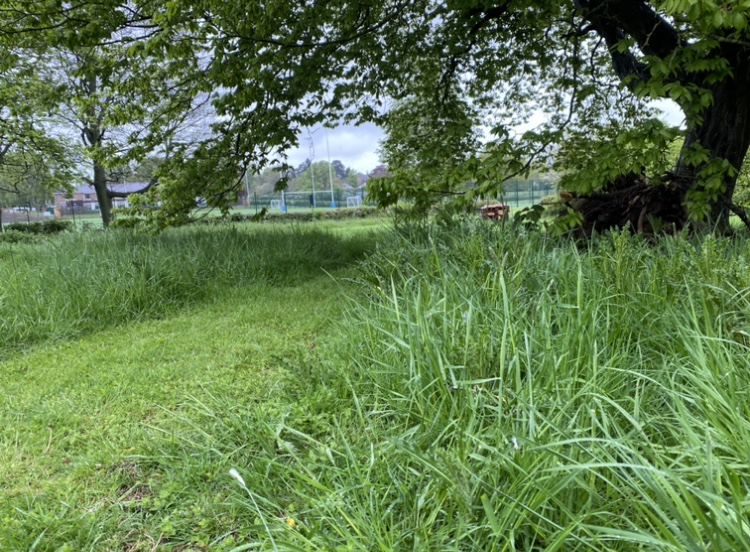
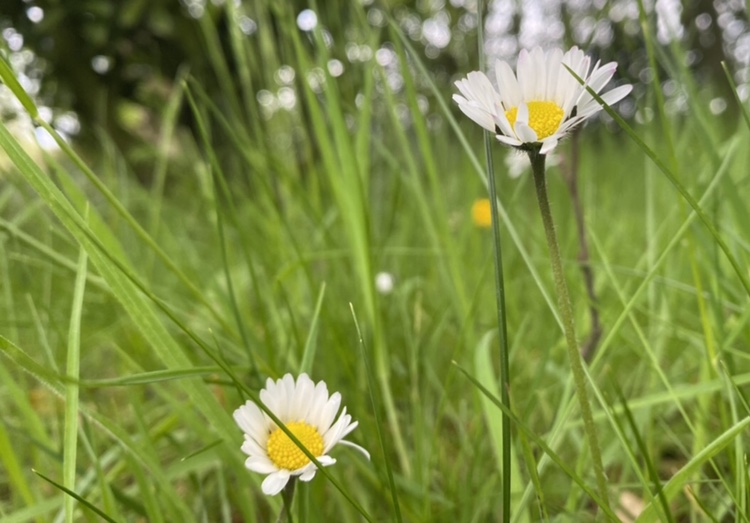
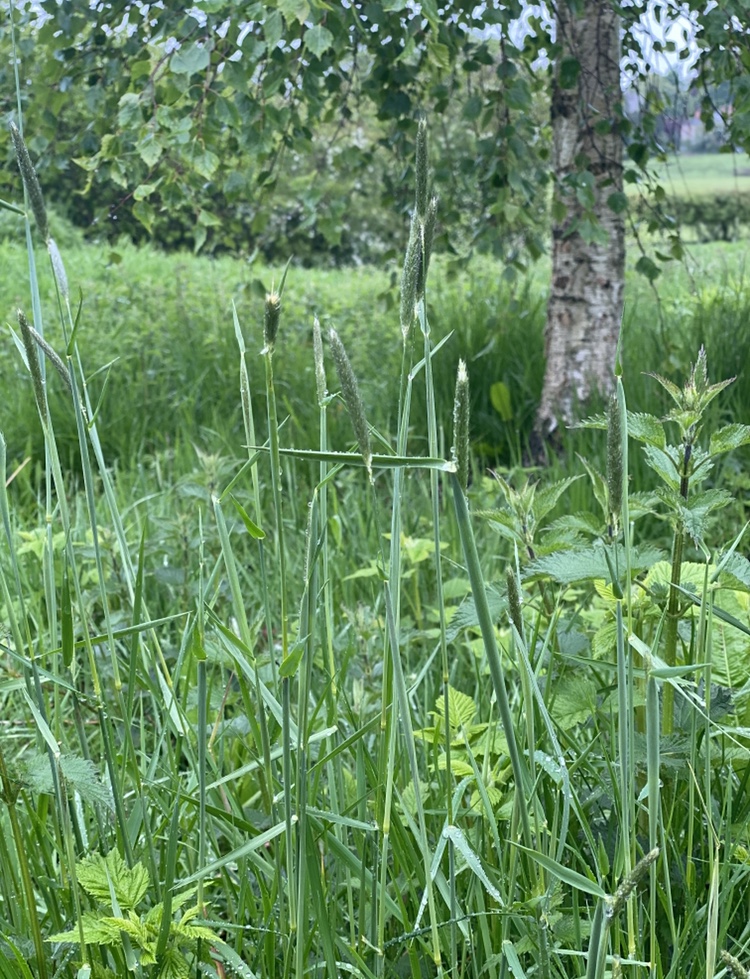
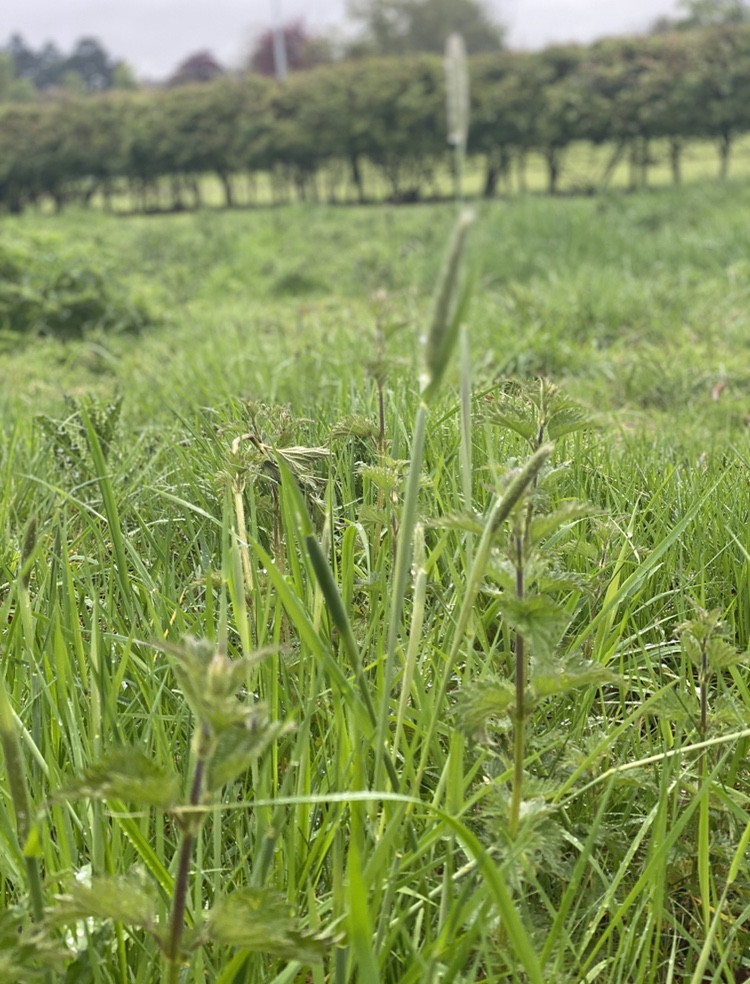
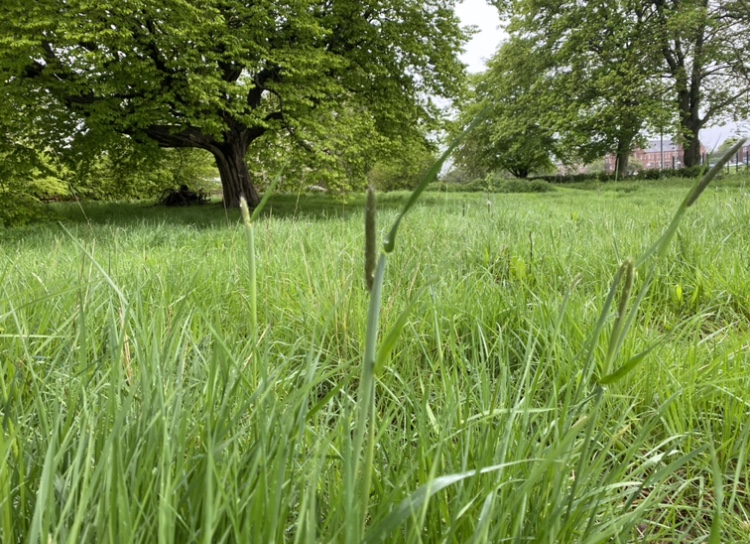
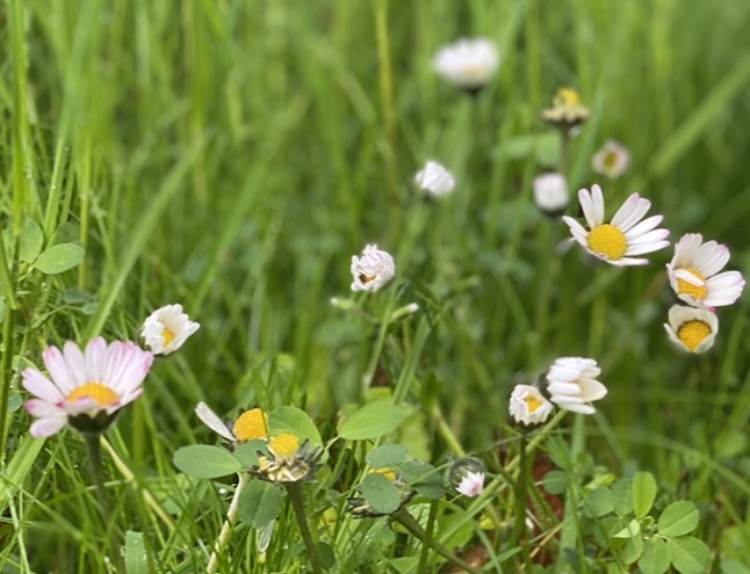
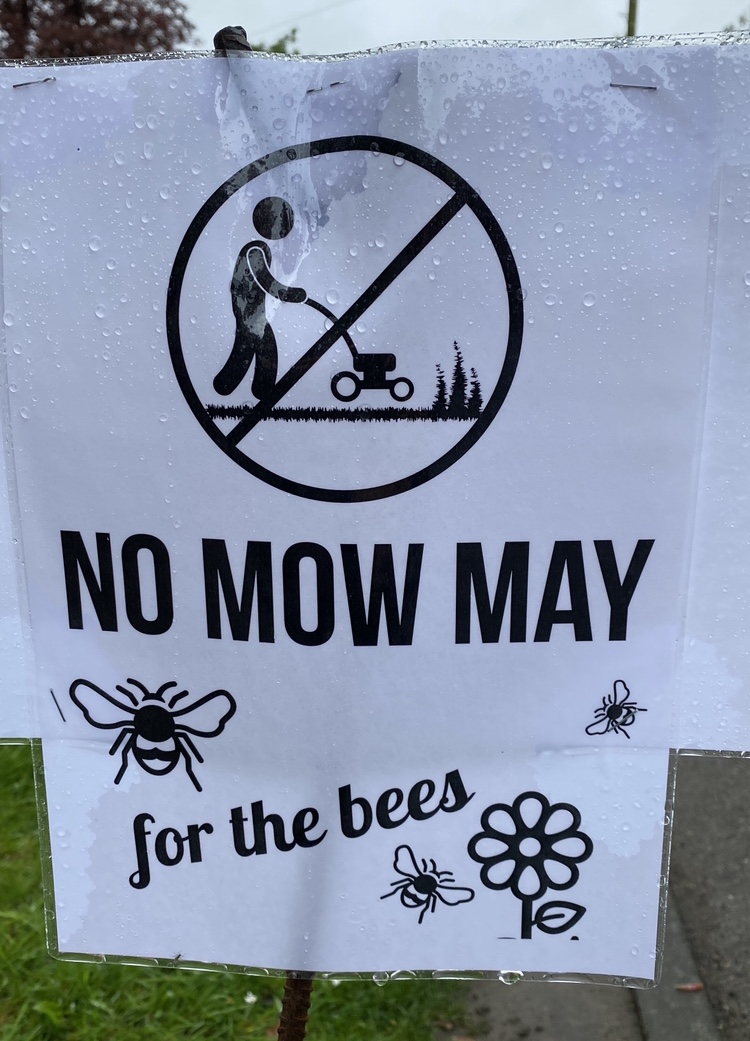
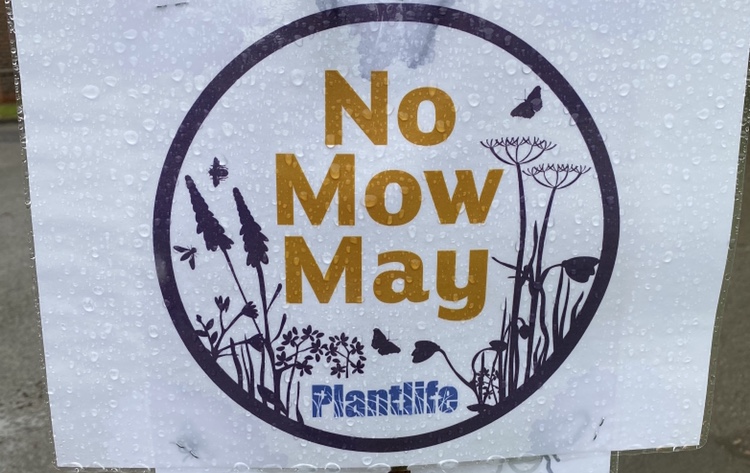
Join in the fun
EMBRACING a wilder lawn is exciting but can be challenging for some people. By separating long-grass areas with short-grass borders and paths, you can create a sort of “managed messiness” that shows the flowers are intentional and not down to neglect.
Thanks to campaigns such as No Mow May, the nation’s mowing habits are changing. Before taking part in Every Flower Counts survey, the percentage of people…
…leaving their lawns unmown for a month (No Mow May) leapt from 15% in 2019 to 36% in 2020…leaving their lawns unmown for the whole year more than doubled, from 10% to 21% in 2020… cutting their lawns weekly or fortnightly dropped from 47% to just 16% in 2020Less mowing can also have a dramatic effect on your CO2 footprint: Plantlife calculations show that if you normally spend an hour cutting your lawn every weekend, adopting #NoMowMay would cut your CO2 footprint by 293kg per year and save you 24 hours mowing time. Yes, that’s two whole days to do something more fun!How to get more wildflowers in your lawn
There are some simple ways to increase the number and range of wildflowers in your lawn:
Don’t use herbicides or fertilizers as these both impact wildflowers. Avoid using moss killer as lawn moss can help wildflowers establish.Allow plants time to set seed before cutting so they increase naturally.Over time, more and more plants will arrive if you give them a chance and seeing what ‘pops-up’ each year is one of the joys of reducing your mowing.Introduce yellow rattle – known as ‘nature’s lawnmower’ – to long-grass areas as it reduces growth of grasses giving wildflowers more space to grow. Here’s our comprehensive guide to growing yellow rattle.Introduce plug plants of suitable native perennial meadow flowers, preferably in the autumn. Cowslips, bird’s-foot-trefoil, betony, oxeye daisy, selfheal and knapweed can all be added this way, along with many others.Sow seed of native perennial meadow flowers in patches of prepared soil in autumn. Remove the top few centimetres of turf from a small area, break up the soil a little with a fork and sprinkle the seed in the patch. Keep well-watered if the soil is dry until established.Far from being wildlife deserts, lawns can be colourful tapestries of flowers supporting pollinators and attracting all sorts of other wildlife. Surprisingly, that doesn’t always mean putting away the mower.Plantlife’s Every Flower Counts survey of the nation’s lawns shows that how you mow your lawn can dramatically increase the number of flowers and how many pollinators your lawn can feed. Adopting No Mow May and cutting your lawn once a month can even turn your lawn into a “superlawn”, feeding ten times as many bees as normal.Give your lawn a ‘Mowhican’ haircut
If you really want to boost flowers and nectar, give your lawn a ‘Mowhican’ haircut with a mixture of both short-grass and long-grass areas in your garden.The highest production of flowers and nectar sugar is on lawns cut once every four weeks, such as with Plantlife’s No Mow May. This gives small plants like daisies, selfheal, white clover, and bird’s-foot-trefoil a chance to flower in profusion, which can boost nectar production tenfold. The occasional cutting stimulates more flowers to appear, while the short plants duck under the mower blades and carry on growing. Short grass areas will also attract many insects, such as mining bees that create their burrows in the ground.How often? Cut once a month (every four weeks)When? April to NovemberHow? With a lawnmower that collects grass clippingsHow high? Between 2.5 and 5 cm (1-2 inches)CO2 savings? 293 kg CO2Tips? Also use for paths or borders to frame long-grass areasRotate the mowing each week so you always have some patches in flowerKey flowers? White clover: produces lots of nectarBird’s-foot-trefoil: feeds over 130 different invertebratesSelfheal: great for bumblebeesHashtags? #NoMowMay, #LetItBloomJune, #BloomingHighJulyLong grass areas
Longer grass left unmown from spring to autumn is home to a wider range of flowers, with tall plants like oxeye daisy, field scabious, red clover, knapweed and even orchids. These increase the range of nectar sources for different pollinators and extends nectar production well into autumn. Long grass also provides valuable feeding material, shelter and nesting sites for many invertebrates.How often? Twice a yearWhen? In September and again before ChristmasHow? First cut with a scythe, sheers, or a strimmer (check for wildlife first!)Second cut with a lawnmower that collects the clippings that collects grass clippingsHow high? Between 5 and 10 cm (2-4 inches)CO2 savings? 359 kg CO2Tips? Spread hay from first cut on other areas of grass to transfer seeds and increase flowersLeave some areas uncut all winter to provide habitat for insects and other wildlifeKey flowers? Yellow rattle: nature’s lawnmower helps keep grass shortOxeye daisy: long flowering season and packed with pollen and nectarCommon knapweed: produces huge amounts of nectar in summerEmbracing a wilder lawn is exciting but can be challenging for some people. By separating long-grass areas with short-grass borders and paths, you can create a sort of “managed messiness” that shows the flowers are intentional and not down to neglect.






































